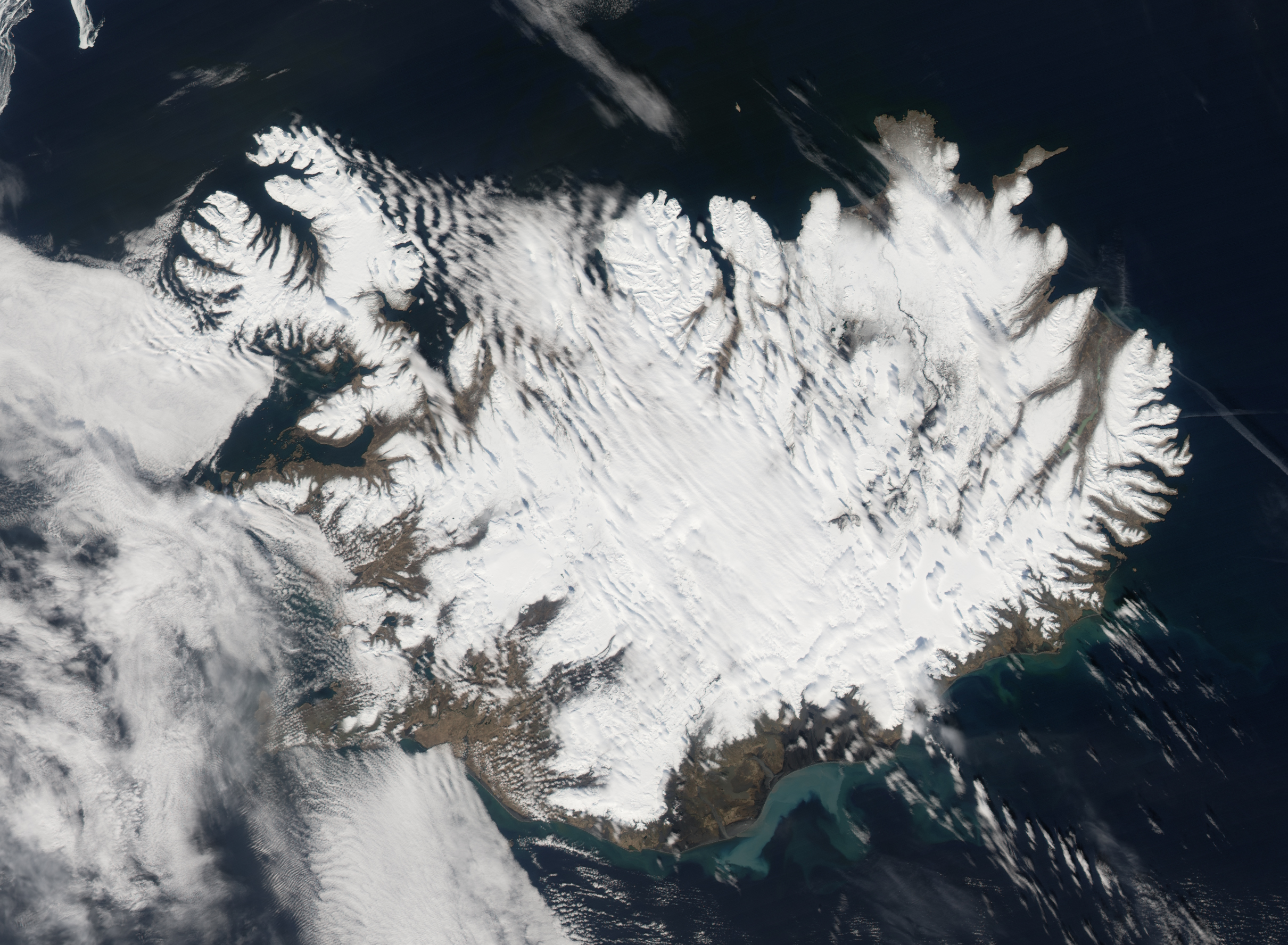- Jesse Allen, Earth Observatory
- Most spring floods are triggered by rain or melting snow, but when the Skafta River of southern Iceland flooded in late April 2006, geologic activity may have been the driver. The river flows out from under the Vatnajokull Ice Cap, a large permanent field of snow and ice that covers more than 8,000 square kilometers of southeastern Iceland, including a number of volcanoes and other regions of geothermal activity. Over these hotspots, the lower layer of the ice cap melts to form glacier lakes, some of which drain into the Atlantic Ocean through rivers such as the Skafta. Other lakes are dammed by walls of ice from the overlying glacier. Catastrophic floods can occur when water breaks through the ice dams and bursts into the rivers, or when geologic activity increases and melts more water.
- Woodbury, Minnesota (Wikipedia)
Woodbury is a city in Washington County, Minnesota, United States, eight miles (13 km) east of Saint Paul along Interstate 94. It is part of the Minneapolis–Saint Paul metropolitan area. The population was 75,102 at the 2020 census, making it Minnesota’s eighth most populous city.

